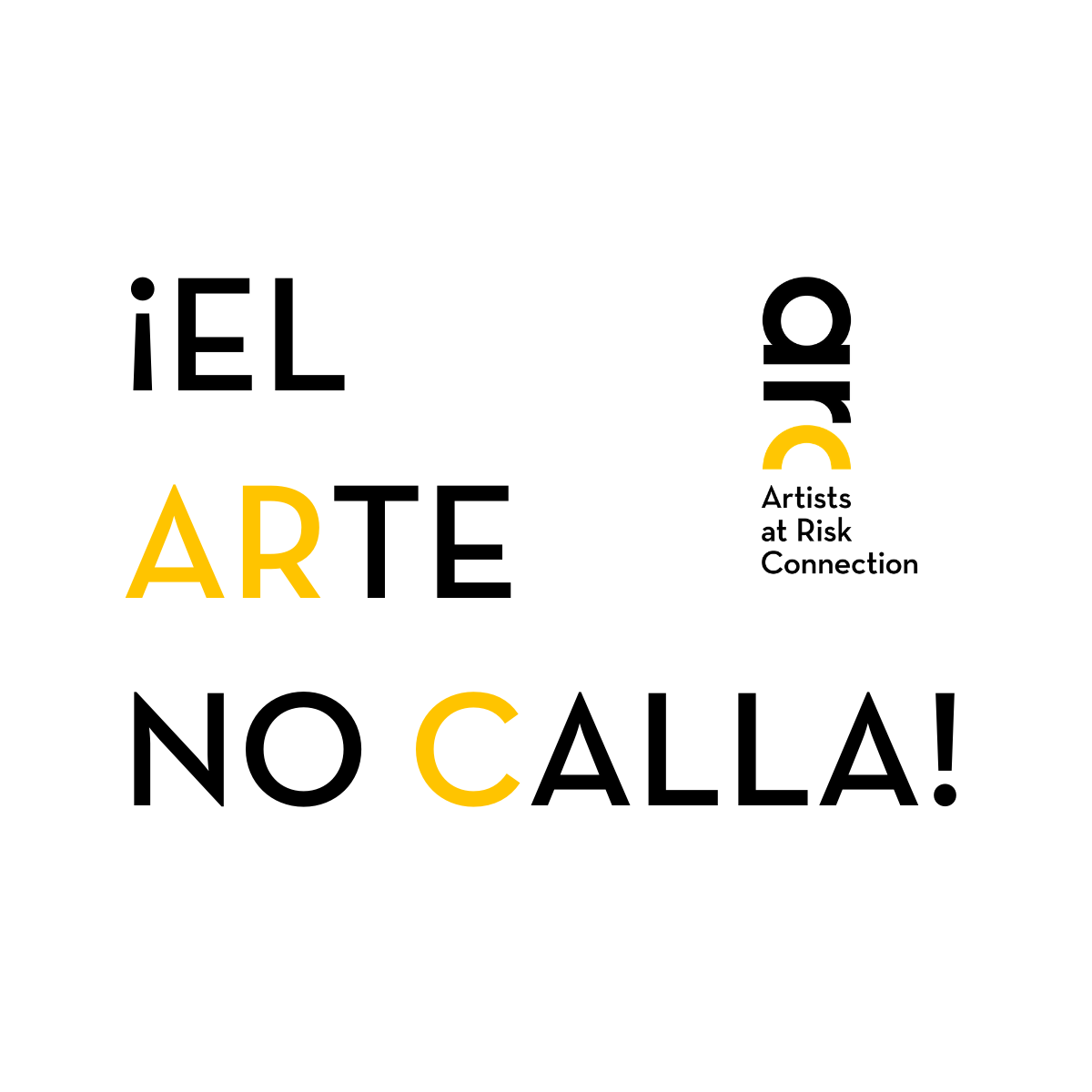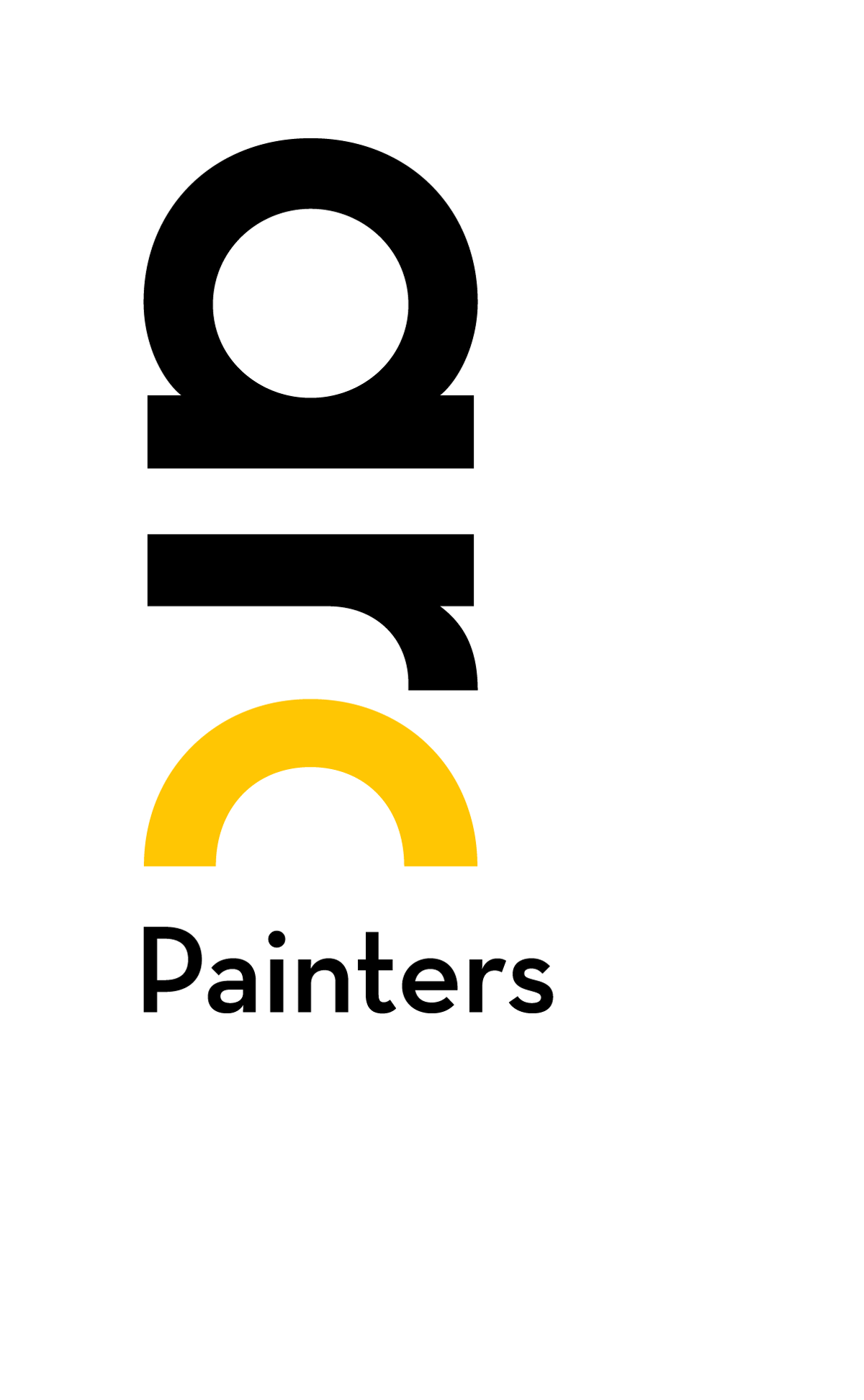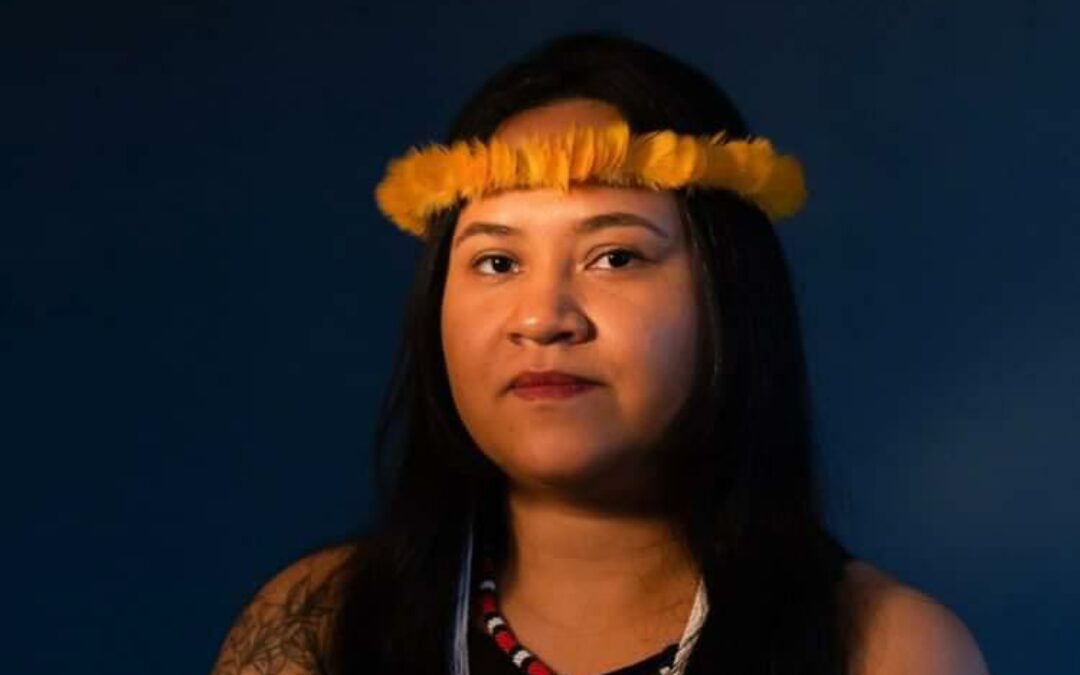Yacunã Tuxá
Illustrator

By Juliette Verlaque, June 2023. Originally published in Art Is Power: 20 Artists on How They Fight for Justice and Inspire Change.
Yucanã Tuxá says she became an artist and activist because of a series of “small explosions” that cemented a burning desire to advocate for her indigenous Tuxá community—their rights, their stories, and their enduring presence despite centuries of colonialism, racism, and erasure.
The first “explosion” happened before she was born. In 1988, the Tuxá, an indigenous people from northern Brazil, became landless after their territory was flooded by a recently constructed dam. They were relocated without their consent to the Pernambuco region, where Yucanã was born in 1993 in the town of Floresta. She grew up painfully aware of what she and her family had lost to state encroachment on indigenous land. Yacunã’s community did not yet have a school, so she attended a majority-white institution, where she was frequently ostracized and treated as inferior: “I felt the distinction at all times,” she says. “The process of erasure was already there. Much of my detonating process started way back then, realizing how my place was marked as an indigenous person, as a woman.”
As a child, Yucanã loved to draw and felt the importance of art all around her, from the beauty of the carved wooden pipes smoked by her elders to the nights of joy and celebration during the toré, a community dance ritual. “For me, art cannot be separated from life,” she says. “There was art in everything my people did. As a child, I knew I wanted to be an artist.” Throughout her formative years, however, she struggled to imagine herself as an one or see a viable path for her art. She was acutely aware of the way indigenous artists were always downgraded, absent from her history and language books, their art viewed as mere “handicraft.”

Yacunã Tuxá. A Memória abre ramas líquidas (Memory opens liquid branches). 2022. Digital image.
Determined to fight back and reclaim space for herself and her community, Yucanã decided to go to university. “Since my people don’t have land, we have to resist and articulate our struggle and perpetuate our tradition and culture through other forms,” she says. “Education is our other form of struggle.” However, after leaving her village for an environment that she expected to be filled with intellectual, enlightened people, Yucanã was faced with another “explosion” when she once again found herself subject to insidious racism and prejudice. “People still have a very old-fashioned, colonial image of what it is to be an indigenous person in Brazil today,” she explains. “People told me that my place as an indigenous person was not at the university, that the place of an indigenous person was out in the village or in the bush. They told me I had to exist in silence and not bother anyone.”
“For me, art cannot be separated from life. There was art in everything my people did.”
As a result of these dehumanizing experiences at university, away from the town where she grew up, Yucanã came to realize that the racism and prejudice that she had suffered in Pernambuco was not a localized problem but a national one. This realization was further crystalized by the 2018 election of populist demagogue Jair Bolsonaro, which she experienced as another bombshell. “This right-wing, conservative, anti-indigenous, anti-quilombola candidate won,” she says. “The candidate who had a whole agenda threatening my own existence. I am an indigenous, gay woman from the northeast of Brazil.” Yucanã remembers “ending 2018 very worried about Brazil’s future, about my people’s future, my community.”
Bolsonaro’s election impelled Yucanã to “do something”—and that something was fighting back through art. Inspired by the indigenous artist-activists she saw on social media, who were able to reach wide audiences with the click of a button, Yucanã began teaching herself how to make digital art. It was a lengthy and painstaking process, constituting “a month of sleepless nights” as she learned the ins and outs of digital software—but she found success quickly. By the end of 2019, she held her first exhibition, in São Paulo, alongside other indigenous artists and their work. “It was very powerful,” she says. “I was extremely proud to be a part of that.”

Yacunã Tuxá. Do otro lado do rio (Across the river). 2019. Digital image.
This show set on her current path. As a digital illustrator with more than 22,000 Instagram followers, Yucanã is known for her powerful depictions of womanhood, queerness, ancestry, memory, and indigenous culture and life—on her own terms and rooted in her own experiences. Her art frequently depicts her ancestors, often intertwined with imagery of the earth and nature: rivers, oceans, plants, forests. She shares moving snapshots of Tuxá life and history: their old village, their displacement, and the rivers that were so integral to their way of life. Through her art and its accompanying captions, she shares ancient stories and enduring beliefs that have been passed down through generations. With each and every illustration, Yacunã can feel herself creating hand in hand with her ancestors. “I create with my little hand here,” she says, “but there are many other hands together with mine. It’s a collective: my people, my land, my community.”
Her decision to become an artist was largely rooted in a desire to reclaim the place of indigenous people—particularly indigenous women—in a society that has fought to erase and diminish them. “Being indigenous is to fight, is to search for ways to build resistance,” she says. “I wanted to remind people that Brazil’s territory, which we call Pindorama, is indigenous territory. I wanted to say: ‘An indigenous person’s place is wherever she or he wants. An indigenous woman’s place is wherever she wants and where she will build it.’ That was my message.”
Even as Yucanã seeks to dismantle racial stereotypes and prejudices around indigenous people, she is acutely aware that they shape how she herself is perceived as an artist and how far she can go in her career. She has received countless disturbing messages from people in response to her artwork and its messages about indigenous people, and was hacked shortly after the release of her first piece. “What I usually pinpoint as a form of censorship—and people don’t actually see it like that—is racism. It is racism which prevents my work from reaching other spaces,” she says. “Of course, I am very happy with the dissemination my work has already obtained, but it’s hard. It’s very different from other women artists, how they are able to gain space and grow in certain environments, and I don’t. Or how my art will always be linked to my labels: I will only have space as an indigenous woman artist and never only as an artist.”
Despite these barriers, Yucanã has embraced social media, which allows indigenous artists like her to bypass traditional gatekeepers in the media. Media coverage often perpetuates prejudiced narratives of indigenous people that remain deeply rooted in Brazilian society, such as that indigenous communities are a hindrance to “order and progress,” the nation’s motto, or that land struggles are a result of indigenous people invading Brazilian land and not the other way around. “Social media gave us—gave me—this possibility to not depend on anyone to make my work visible,” she says. “I could publish on my social network and reach people, just like that. What I wanted was precisely to break the silence. I wanted to break away from the colonial images and have a way to do outreach.”

Yacunã Tuxá. 1993 ou a feitura da resistência em mim (1993 or the making of resistance in me). 2022. Digital image.
Yucanã says that her work is political because her identity is politicized. “My art is political because of what goes through me,” she explains. “It couldn’t be any other way. My worries and my concerns came before knowing how I was going to express myself artistically.”
She has found that illustrations are the most powerful tool at her disposal to reach a large audience and spread her messages, especially on social media. “Text is not necessary—people notice and understand illustration,” she says. “And in the face of the erasure suffered by indigenous women in particular, these images had power, the power to make art shown directly on your feed, art made by a gay indigenous woman.” Yucanã’s multiple identities all feed into her multilayered creative expression. The Tuxá remain largely Catholic, having been evangelized by Capuchin and Jesuit missionaries starting in the 17th century, and homosexuality is not fully accepted by all members of her community. “I was amazed at how people were scared to think that gay indigenous people existed,” she says. Many indigenous leaders “think being gay is a white thing, that it does not belong to our culture.” She tries to both communicate within the LGBTQ+ movement and to bring the LGBTQ+ perspective to the indigenous movement, “to make people understand we are here, we have the right to speak.”
Yucanã has also focused on the intertwined ideas of memory, ancestry, and heritage. The importance of highlighting indigenous stories and traditions became painfully obvious during the COVID-19 pandemic. Many indigenous communities never had access to health services, and suffered high rates of infection and death. “The negligence toward our lives became very clear,” she says, “and the country was not concerned with whether we lived or died… I see it as a strategy of the government. Since the state will not protect us, we have to protect ourselves. Indigenous culture is essentially oral—knowledge is passed on orally. Every elderly person we lose, we lose stories, we lose too much of who we are. After COVID, I wanted to say: indigenous lives matter. They matter like any other life.”
“I wanted to remind people that Brazil’s territory, which we call Pindorama, is indigenous territory. I wanted to say: ‘An indigenous person’s place is wherever she or he wants. An indigenous woman’s place is wherever she wants and where she will build it.’ That was my message.”
One of her favorite indigenous sayings is “Be a good ancestor today,” which “speaks to this idea of time that is cyclical,” she says. “Tomorrow only exists in the face of what we do today. That’s why it’s so urgent to share indigenous knowledge.” The story of Yucanã’s own great-grandmother, a victim of sexual violence, has affected her profoundly, spurring her to encourage other indigenous women to learn about where and whom they came from.
“My great-grandmother’s story obligated me to think about these women’s erased voices,” she says. “That’s the reason I always draw women. That is my desire, to provoke women to think about their ancestral heritage, their original heritage. To remember their roots—those silenced women who made and transformed Brazil.”






